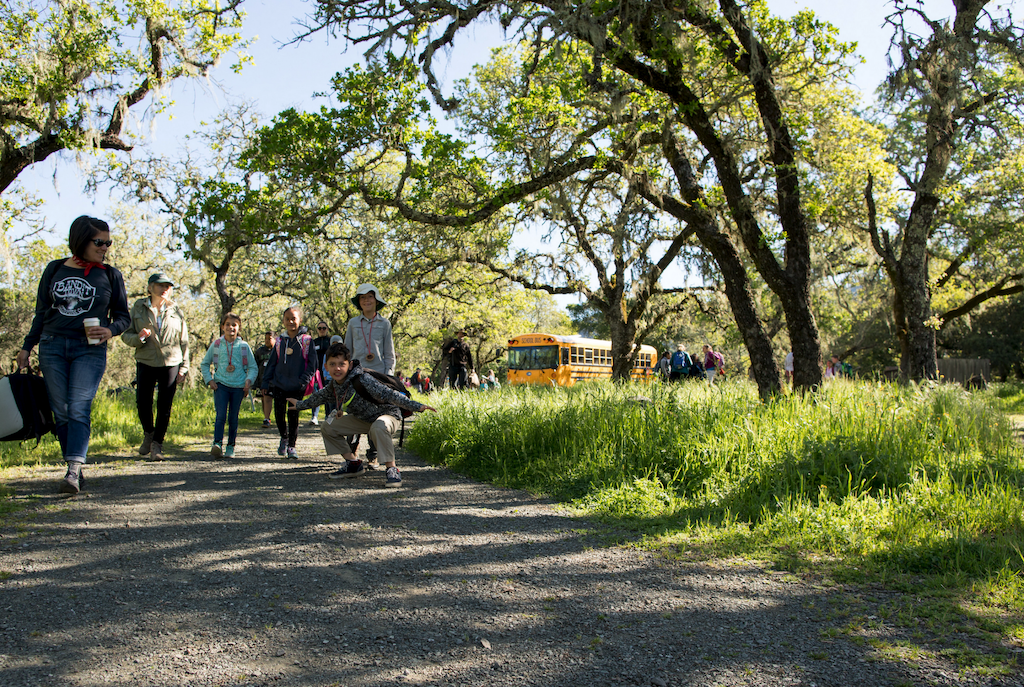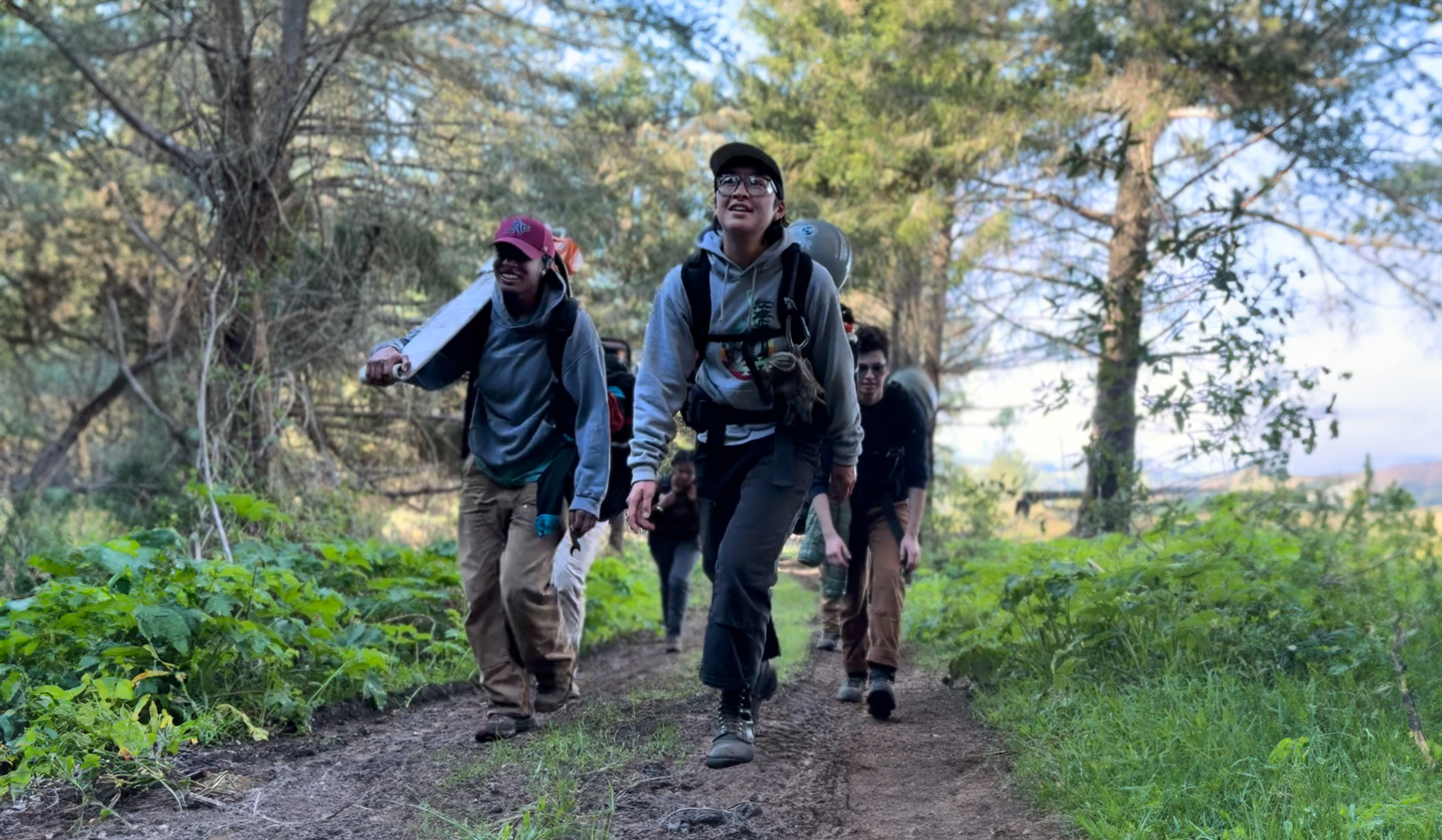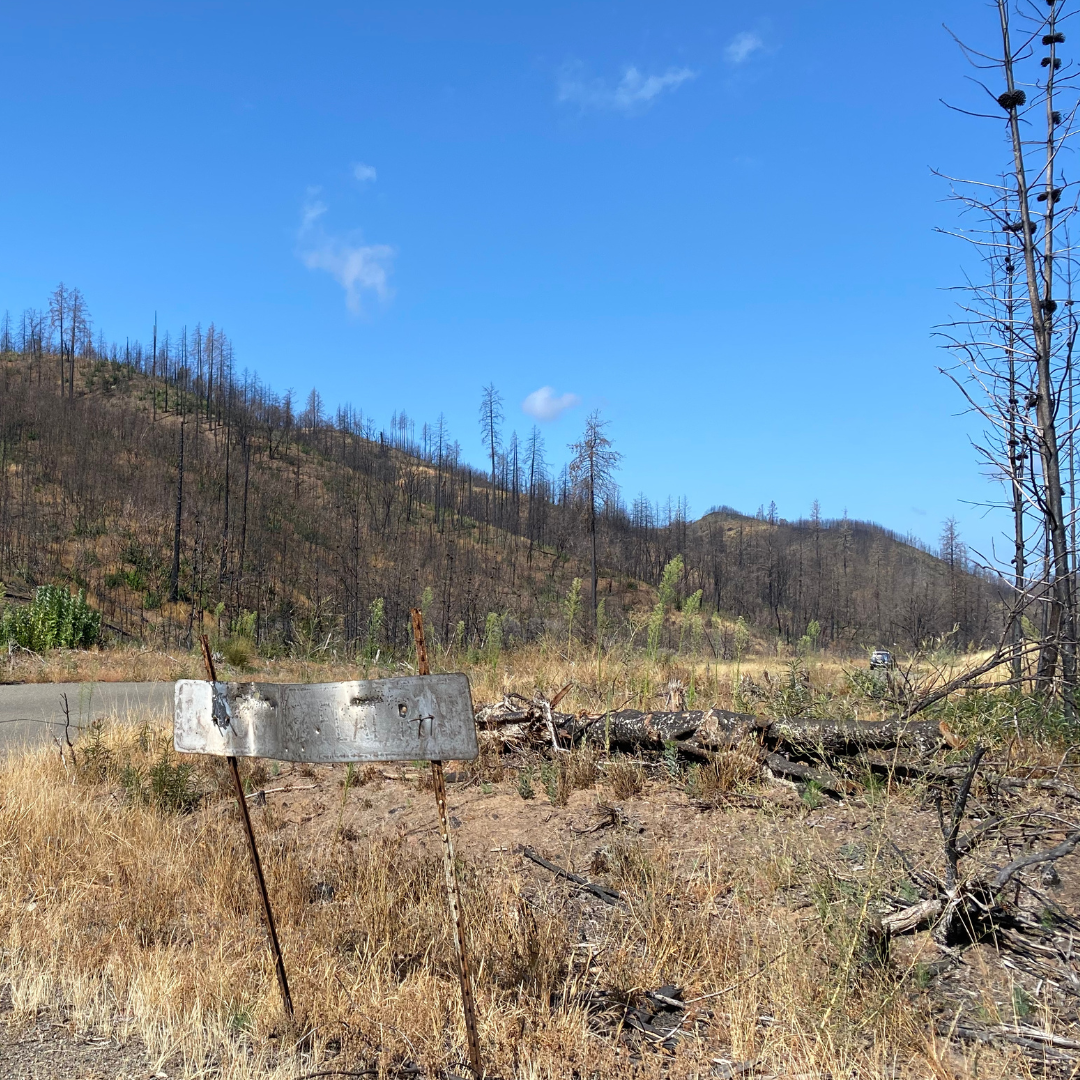On Valentine’s Day this year, Luna (P16) gave birth to her first litter of kittens. She is only 3 years old and so a young mother. As we watched her awkward attempts to care for these new, tiny, and foreign creatures, we wondered what their chance of success would be. At first, we thought the den site chosen was far too exposed, and waited to find them killed by a passing predator while mom was away hunting. To our surprise, they survived the first 2 months and started following their mom around. This was going to be the beginning of their trials. To-date, all kittens monitored from our collared lions have died at the hands of people before reaching breeding age. Luna’s kittens had a long way to go…
Luna is either the daughter of P4 or P10, older adult females we have tracked and collared in the Mayacamas Mountains. Results from our preliminary genetic work show that till recently, P5 has been the father of all documented kittens born in the southern part of the study extending from Santa Rosa south beyond Sonoma. When we started tracking P5 in April 2017, he had a large range of roughly 250 sq. miles—from Mark West Springs to Sonoma then west over Hwy 12 with Hwy 101 as his western boundary and Hwy 29 as his eastern boundary. He was the sole adult male in the area.

In late 2018, GPS data showed that P5 was slowly being pushed out by a new male we had photographed but yet to collar. Social disruptions in lions may lead to shifts in home ranges, and our hypothesis was that P5’s expansive range was due to him usurping the vacant territory of a dominant lion that died either due to natural causes or due to all too common depredation permits. With the pressure of the new male, P5 could not maintain this vast range, and since late 2018 he remained west of Hwy 12. Occasionally, he would pop over to double check the presence of the new dominant male. We suspect his motives would be to take back his old territory given the chance. However, as an aging male of about 10, he would maintain discretion as the better part of valor when detecting signs of the new male, and would hastily return “home” west of 12.

At 9pm on April 22, Luna had guided the kittens to a dense, overgrown, dry drainage on Bouverie Preserve. She then left the kittens in a dense re-sprouting bay tree at after 11pm to go hunting, returning at 3pm the following day. On the 23rd P5 crossed Highway 12 again, but this time he happened to come across Luna and the kittens at midnight the same day. Early on the 24th, Dr. Quinton Martins downloaded the lion data to find the overlap of GPS points between Luna and P5 from that morning. Quinton hiked out to the area with the grim prospects of what he might find. In the thicket located by the GPS points, he found the remains of both kittens—all consumed but for the jaw bones and tail. P5 may have heard the kittens, been attracted to this dense bush, and then killed them on site knowing that the cubs were not his own.

Infanticide is not uncommon amongst mountain lions or other large cats. Luna may have tried to protect her cubs but would probably have been no match for P5, who is much stronger and at least 40 pounds heavier. We don’t know if Luna is injured but fortunately, she is alive and moving about. She is lucky to be alive if she did end up in a fight with P5.

For the last few weeks, P5 has been moving around his old territory. Which begs the question, is the dominant male who kicked P5 out dead? He may have been killed by another lion, poison, or illegally hunted by someone. California Department of Fish and Wildlife have reported no depredation permits for an adult male in this area over the past couple of months. This is a part of the story we unfortunately cannot unravel.
It is sad to see that Luna lost her first litter of kittens in such an unfortunate way. The survival rate for mountain lion cubs is only 50%. It goes to show how difficult life is for these cats. Not only do they have significant natural threats, but also have to contend with the threat of an increasing human presence. In California, the biggest threat to mountain lions are habitat loss, depredation permits, car strikes, and poisoning.
Reach out to us if you have any questions at [email protected]
Learn more about Living with Lions >



